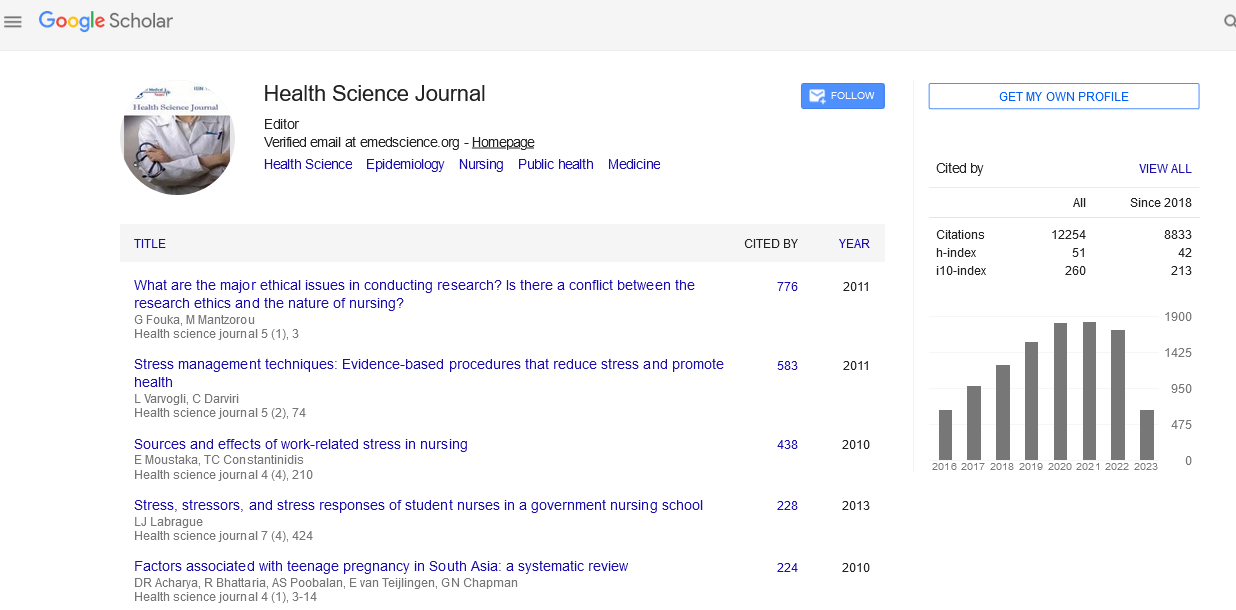Abstract
Youth health is a critical determinant of societal well-being and economic progress. Adolescence and early adulthood represent transformative periods of life characterized by rapid physical, psychological, and social development. This article explores the challenges faced by youth globally, such as mental health issues, substance abuse, obesity, and inadequate access to healthcare. It also highlights opportunities for interventions and policy changes aimed at promoting healthier lifestyles and reducing health disparities. The discussion underscores the importance of education, community engagement, and technology in addressing these challenges and fostering resilient youth populations.
Keywords
Youth Health; Adolescence; Mental Health; Obesity; Substance Abuse; Healthcare Access; Public Health Interventions; Community Engagement; Technology In Health
Introduction
Youth health encompasses the physical, mental, and social well-being of individuals aged 10 to 24 years [1]. This stage of life is pivotal as it lays the foundation for future health and productivity. While significant progress has been made in improving global health outcomes, youth continue to face unique and complex challenges that threaten their development. Factors such as rapid urbanization, digital media influence, socio-economic disparities, and climate change exacerbate these challenges. This article aims to explore the critical health issues affecting youth and identify innovative solutions to create a healthier future [2].
Major Health Challenges Faced by Youth
Mental Health Disorders
Mental health issues, including anxiety, depression, and suicidal ideation, are on the rise among youth. According to the World Health Organization (WHO) [3], suicide is the fourth leading cause of death among 15-29-year-olds. Contributing factors include academic pressure, social media influence, and limited access to mental health services [4].
Obesity and Physical Inactivity
The prevalence of obesity among youth has surged in recent decades due to unhealthy diets and sedentary lifestyles. This trend increases the risk of chronic diseases such as type 2 diabetes and cardiovascular disorders in later life [5].
Substance Abuse
Substance abuse, including alcohol, tobacco, and illicit drugs, remains a significant public health concern. Peer pressure, stress, and easy availability of substances contribute to this issue, often leading to lifelong addiction and health complications [6].
Sexual and Reproductive Health
Lack of comprehensive sexual education and access to contraception exposes youth to risks such as sexually transmitted infections (STIs) and unintended pregnancies. This is particularly pronounced in low- and middle-income countries [7].
Healthcare Access
Many youth, especially in underserved regions, face barriers to accessing quality healthcare services. These barriers include financial constraints, lack of youth-friendly healthcare facilities, and social stigma [8].
Opportunities for Improvement
Promoting Mental Health
Integrating mental health education into school curricula and destigmatizing mental health issues through awareness campaigns are crucial steps. Expanding access to counseling services and leveraging telehealth technologies can also enhance mental health support for youth [9].
Encouraging Healthy Lifestyles
Community-based programs that promote physical activity and healthy eating can address obesity and related issues. Schools can play a vital role by incorporating physical education and providing nutritious meal options.
Combating Substance Abuse
Prevention programs focusing on education and early intervention are essential to reduce substance abuse among youth. Community support groups and rehabilitation centers can provide the necessary support for affected individuals [10].
Improving Sexual and Reproductive Health
Comprehensive sexual education and accessible reproductive health services can empower youth to make informed decisions. Policymakers must prioritize investments in these areas to reduce health disparities.
Enhancing Healthcare Access
Governments and non-governmental organizations should collaborate to establish youth-friendly healthcare facilities. Mobile health units and digital health platforms can bridge the gap in healthcare access for remote and underserved populations.
The Role of Technology
Technology offers immense potential to improve youth health outcomes. Mobile health apps, online counseling services, and wearable fitness devices enable youth to monitor and manage their health. Social media platforms can be used to disseminate health information and foster peer support networks. However, it is essential to address the risks associated with excessive screen time and misinformation.
Conclusion
Youth health is a multifaceted issue requiring coordinated efforts from governments, healthcare providers, educators, and communities. By addressing mental health, obesity, substance abuse, sexual health, and healthcare access, societies can create environments that support the holistic development of youth. Embracing technology and fostering community engagement are key strategies to overcome existing challenges and ensure a healthier, more resilient youth population. Investing in youth health today will yield substantial benefits for individuals and societies in the future.





